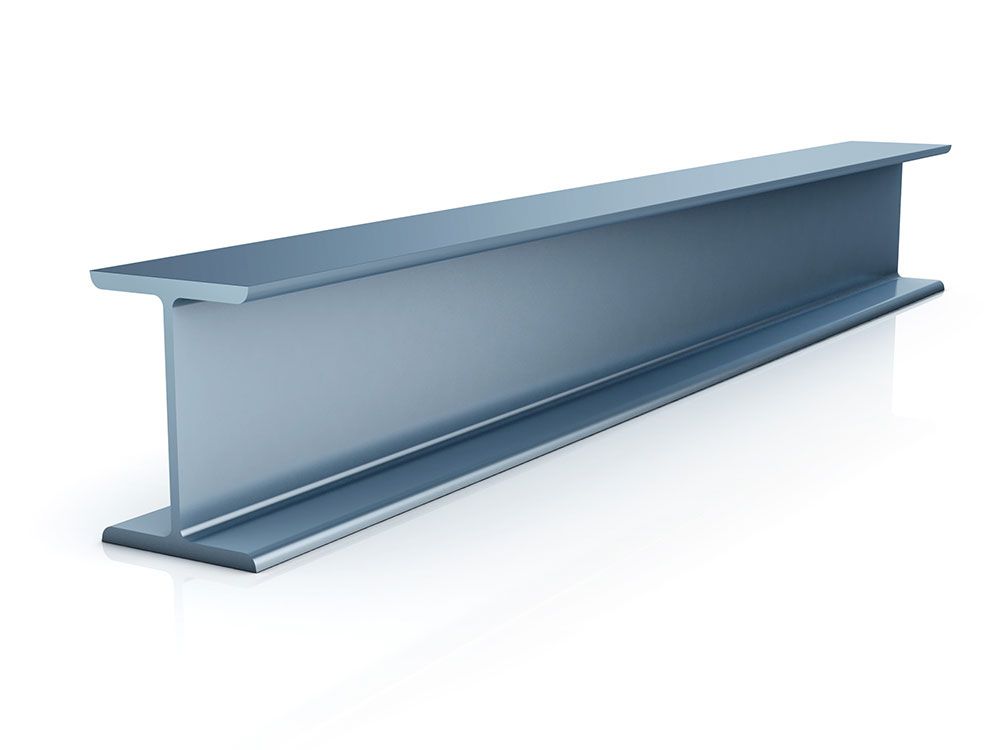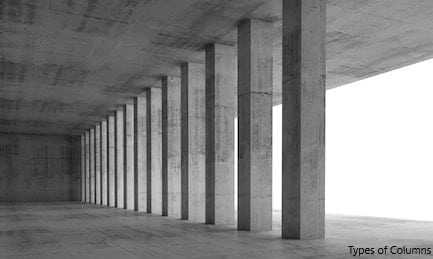The concrete placing temperature is a widely discussed topic in large-scale construction projects where there are structural elements having comparatively larger sizes.
It is very important to study the concrete temperature development with the time after mixing is done. It is very important to know by the structural engineer and the construction team to avoid possible risks.
- Internal cracks in the concrete
- Surface cracks
- Formation of delayed ettringites
Above are some of the issues to be avoided in a structure. Therefore, we have to limit the rise of the concrete temperature. The article ” Methods of Limiting Temperature of Concrete” could be referred to for further information on the above subject.
Before discussing the concrete placing temperature let see
Why do we need to reduce concrete placing temperature?
We know that the temperature of the concrete rises with the time after mixing during the hydration process. It could take 2-3 days to reach the peak temperature in thicker concrete.
As a general norm, we try to limit the maximum possible rise of temperature to 700C. This will be done following the procedure mentioned below.
- When there is thicker concrete to be poured, a markup test is done.
- A concrete cube having dimensions equal to or more than 1mx1m will be cast before starting the project.
- The formwork will be the same as the structure to be constructed.
- Temperature development will be monitored and checked whether they are within the limit.
- If not, changing fly ash content, adding ice, adding chilled water, Colling aggregates, etc. will be done to match the temperature limits.
As mentioned above, adding ice and chilled water for the concrete is to make sure the concrete placing temperature low as possible.
Now, let see what are the specified values for concrete placing temperature and monitoring methods.
Limiting value of Concrete Temperature | best temperature to pour concrete
The new standard BS 8500-2-2015+A1:2016 provides detailed information on this subject.
As per the guideline, the placing temperature shall be as specified in the specification or 350C.
Thus, mostly the value specified standard may not be referred and the value specified in the project specification will be followed as this value has a significant impact on the durability of concrete.


